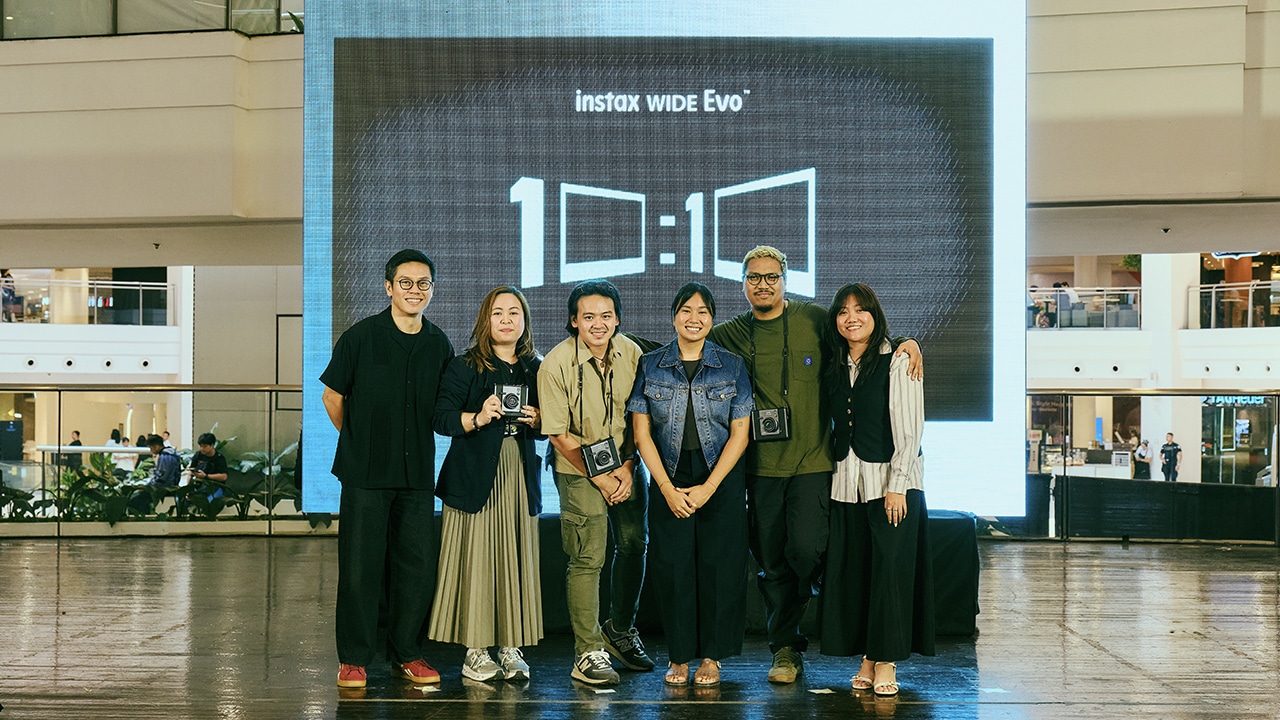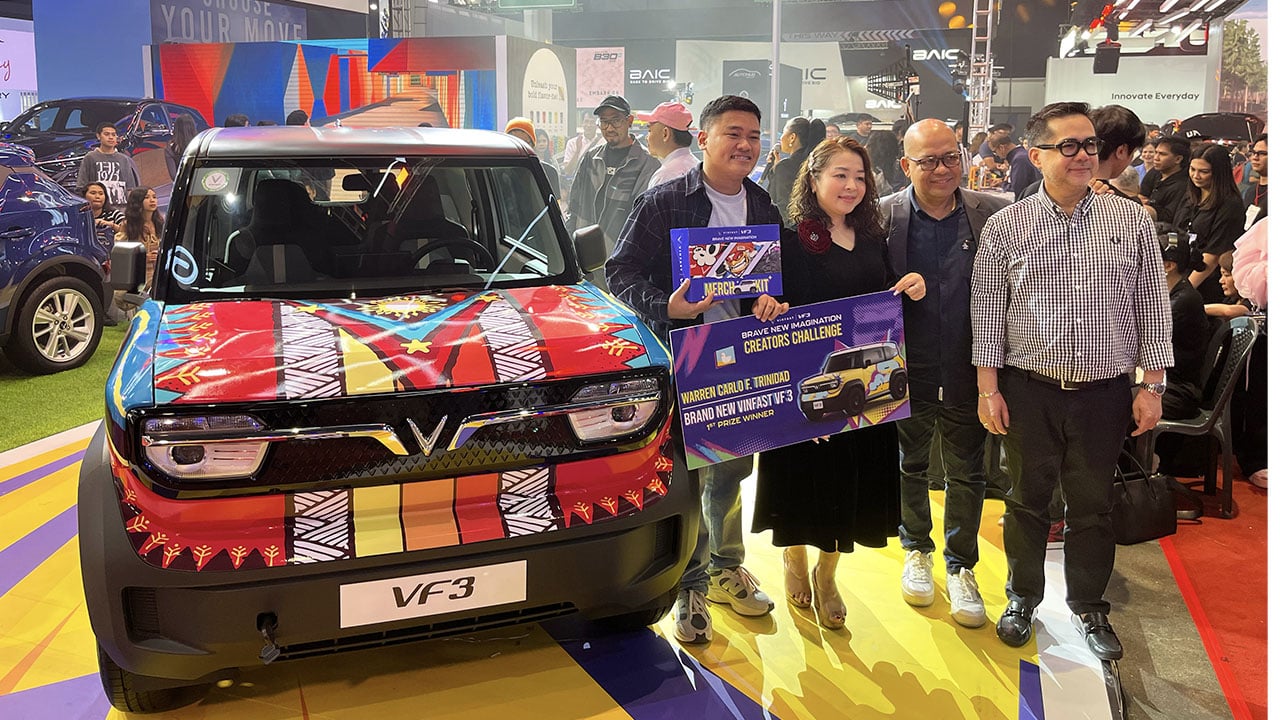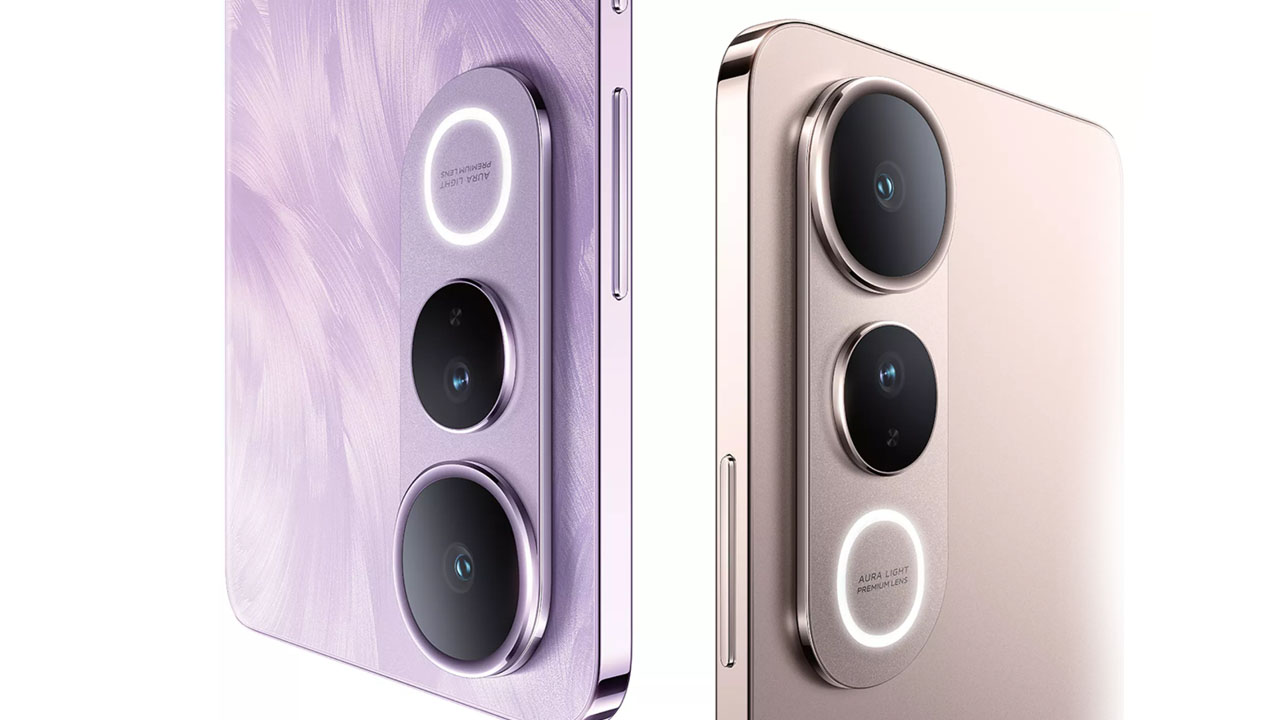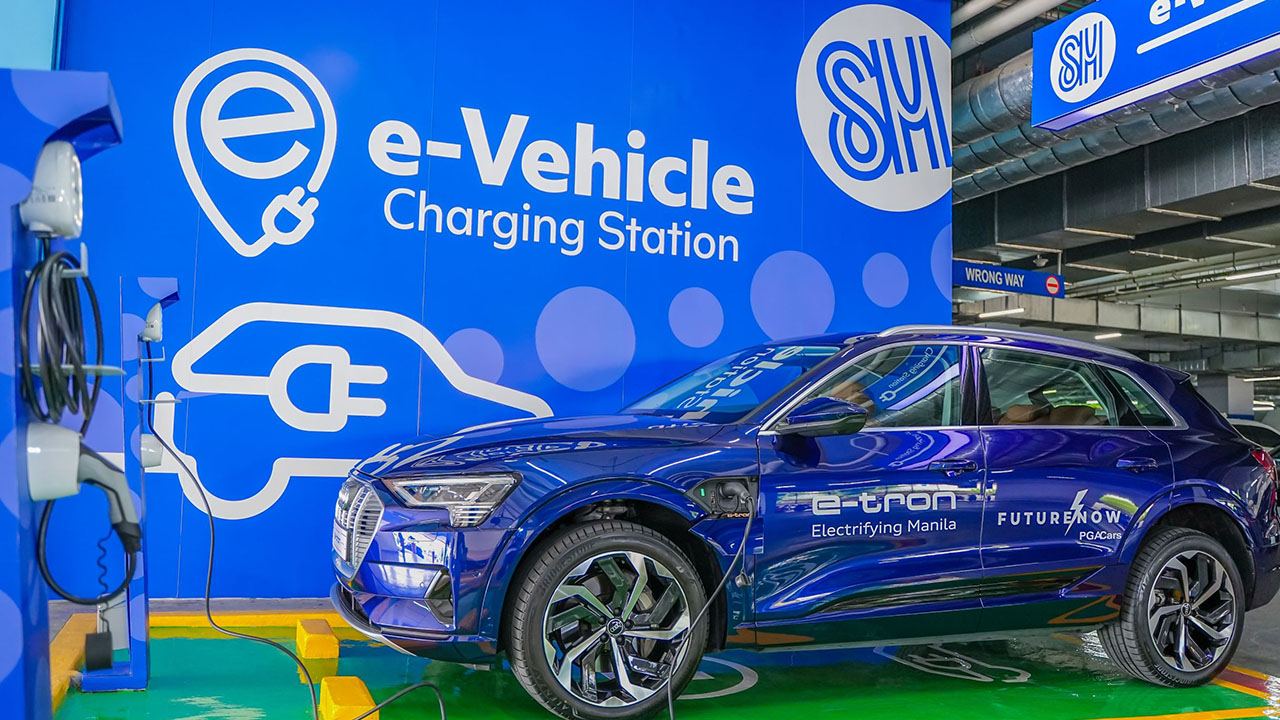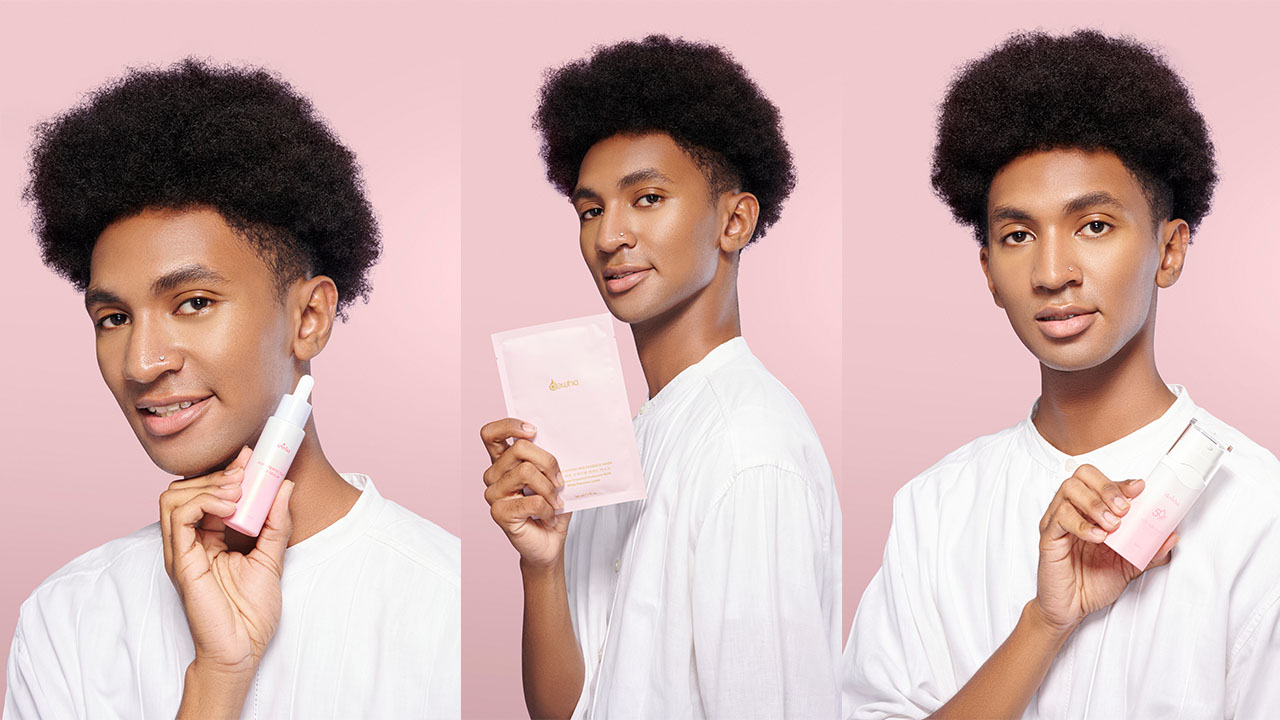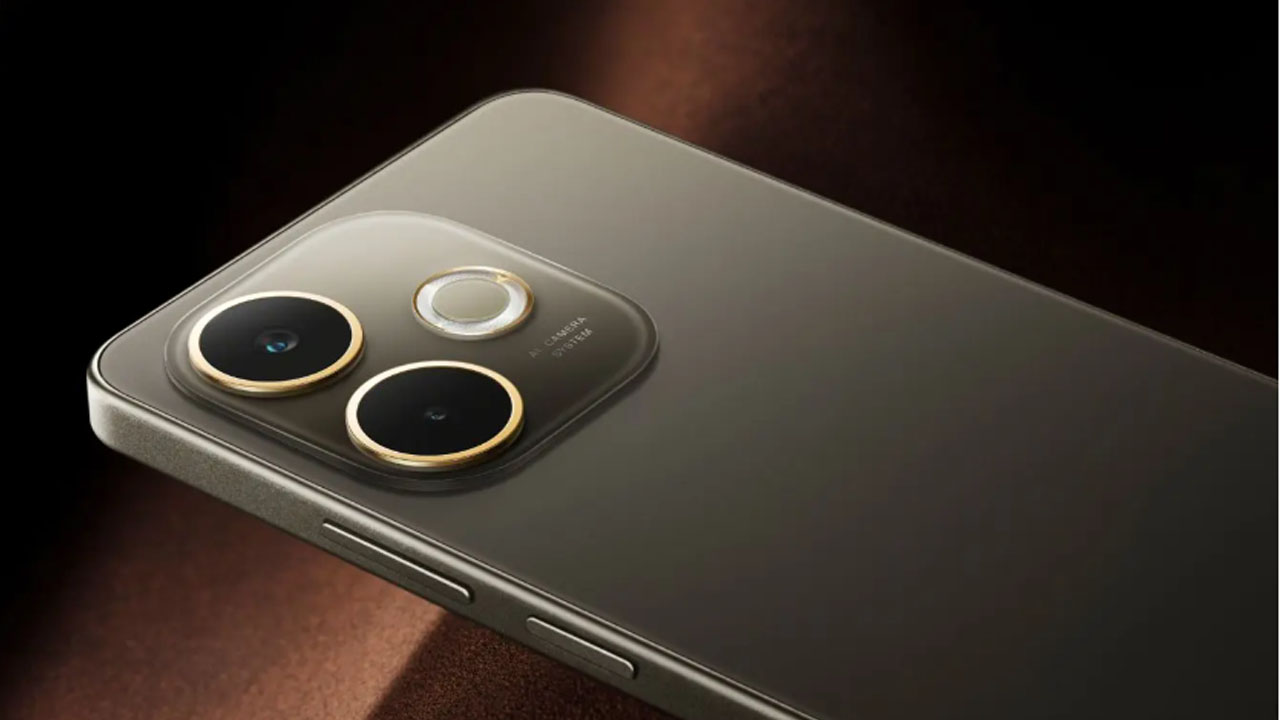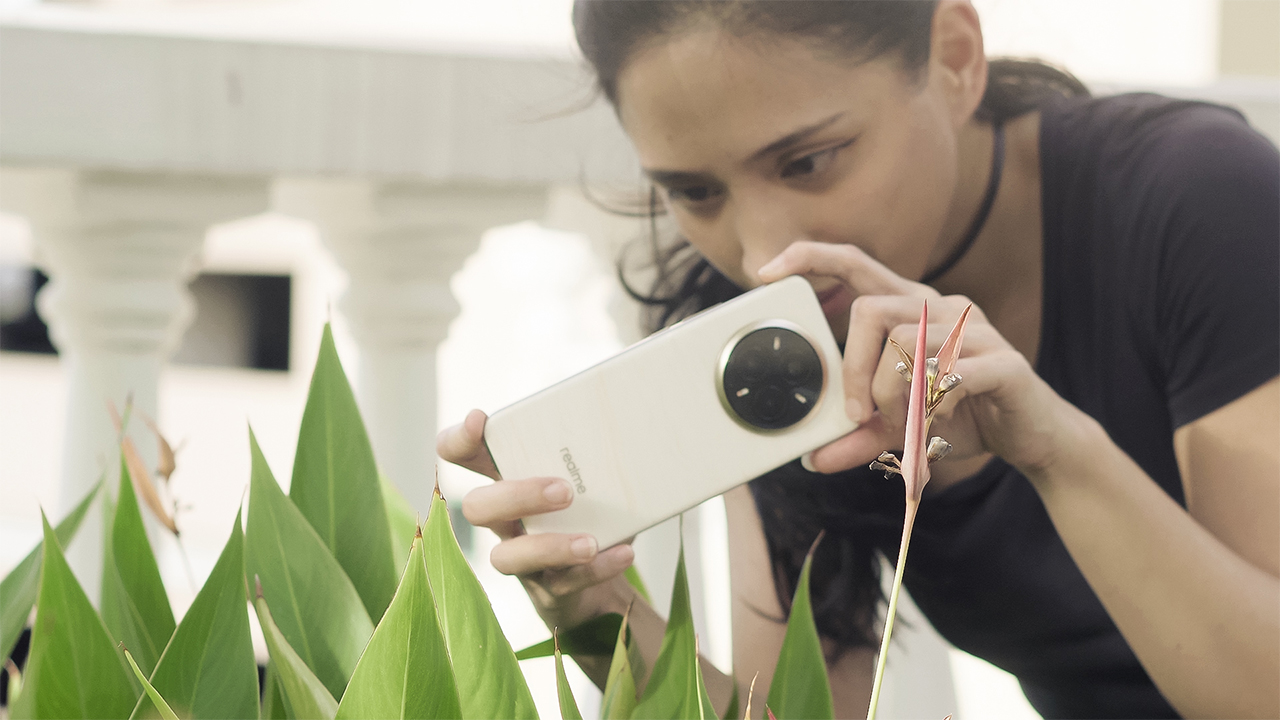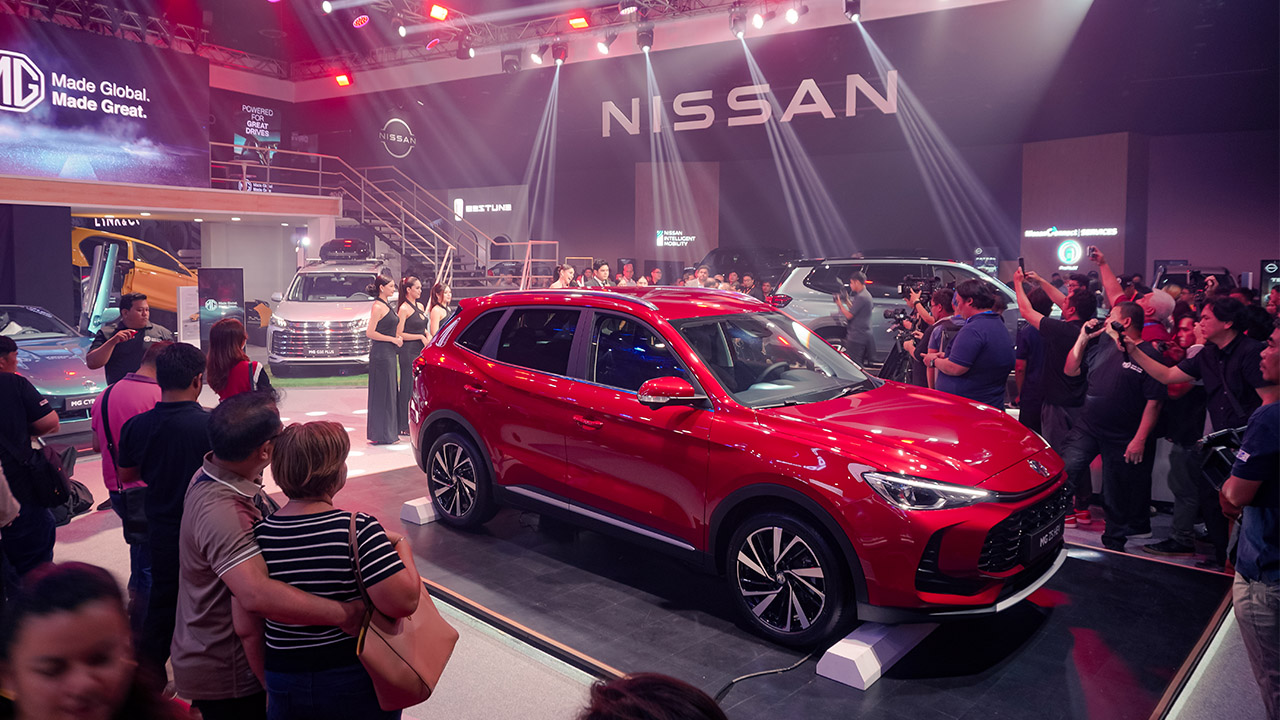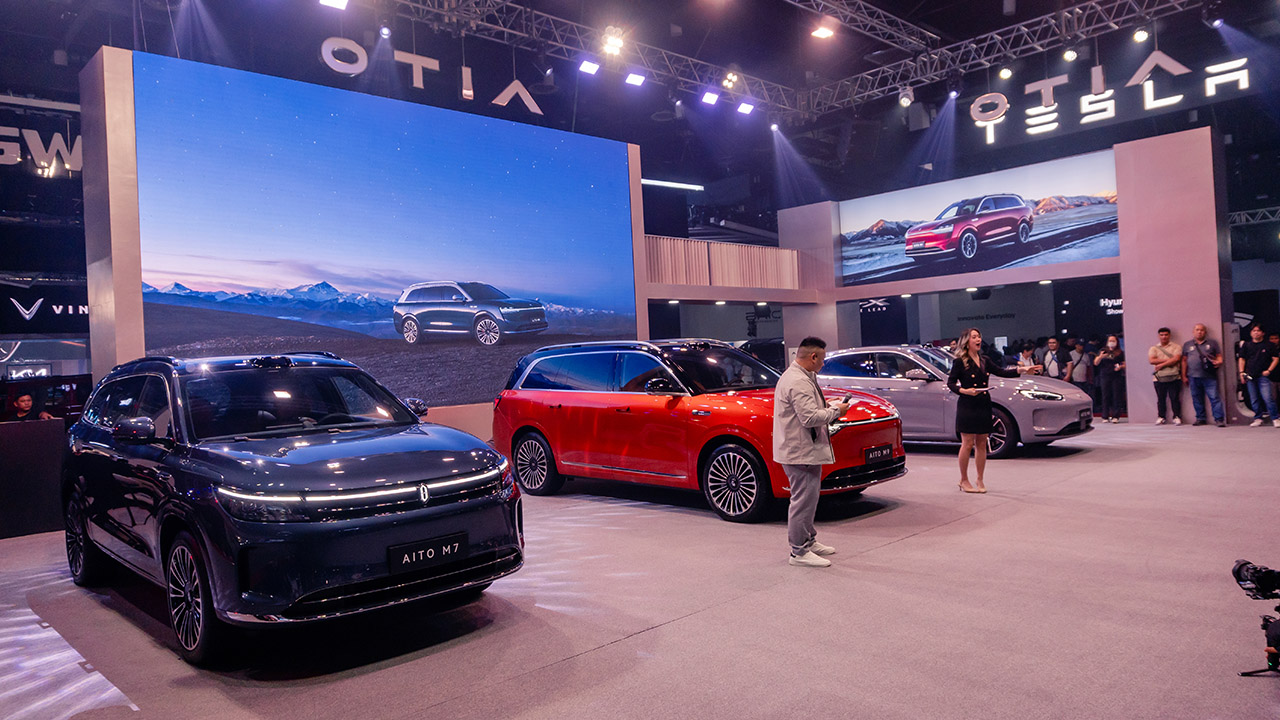With our work consisting mostly of photo and video editing, our laptop not only needs capable specs to crunch processes, but it also needs an accurate display profile that’s close to real-life colors.
This will allow us to effectively color grade our images whether we want to show lifelike colors or experiment with other color palettes.

This is one of the ASUS Vivobook Pro 14 OLED‘s many strengths. But unlike the more powerful but bigger ROG Zephyrus S17 that we recently reviewed, this one can fit in an envelope-sized sleeve.
So we’re looking forward to seeing if we can do our usual editing routine in this smaller package.
We’ll be sharing our full review in a week’s time but for now, here are my first impressions.

The Vivobook Pro 14 OLED (M3401) comes with many similarities with models from the ZenBook line. It has the same sleek and thin profile, subtle accents, and an overall straightforward design.

I like it in its Quiet Blue color for that sort of stealthy appearance that doesn’t demand attention when you’re outside. But there’s Cool Silver as well for a more sophisticated look.

Weighing in at 1.4kgs, the Vivobook Pro 14 OLED is light, and moving from one spot to another is easy — great for sharing content with Vikka or if I need her opinions on my edits.
I also appreciate the number of ports it carries. From a standard HDMI, microSD reader, audio jack, USB Type-C, and a total of three USB Type-A ports, you have most of the connectivity options you need to accomplish work.

The keyboard doesn’t span out the entire chassis so you have extra space on both sides.
It’s interesting to note that the Power button on the upper right corner is the only key that’s recessed to differentiate it from the rest.
This specific key also functions as a fingerprint scanner for that added layer of protection. It also comes with slight accents like this white pattern on the Enter key — it adds a nice highlight and gives character to the laptop.

The touchpad is something I also want to mention since scrolling using it feels really nice to touch. It does say in its little sticker that it’s silky smooth and I didn’t believe it until I experienced it myself.
Additionally, it can be transformed into a Number Pad with a simple press of the toggle at the top right part.

Moving on, the bezels are not that thick but not that slim, either. It does, however, have this webcam up top with its own privacy shutter which is great, especially with the influx of today’s virtual meetings.
I no longer have to manually cover the camera with whatever I find.

I’ve watched a couple of YouTube videos on its OLED display and streamed a few shows on Netflix as well.
The laptop comes with a 100% DCI-P3 color gamut and a PANTONE validated display which together translates to producing lifelike colors and accurate hues.
These have been so far evident with the overall color of the content I’m watching and are especially noticeable on skin tones. They have that warmer, realistic tint to them compared to the greenish hue of LCD displays, in my opinion.

Its 14-inch panel comes with a 16:10 aspect ratio which is something new to me as I’m used to working on a more common 16:9 layout.
I had no problems with that since it worked to my advantage when editing videos, but I found that the taller 16:10 ratio gives you better screen real estate for other things like browsing the internet in multiple windows.

For content creation, it has also provided me with more spaces for my Workstation in Adobe Premiere Pro so far.
And color grading with its OLED display has been easier as I could be confident its colors are accurate.
Blacks are also deep which is expected of an OLED panel so watching movies and even playing games are more enjoyable and benefit from this feature.

In terms of audio performance, I’m always streaming music and its built-in speakers are decent enough for personal use.
Although when watching movies, I prefer being immersed in big sound so I might just hook the laptop up to external speakers using Bluetooth.
Inside, our Vivobook Pro 14 OLED comes with an AMD Ryzen 9 5900HX CPU with an NVIDIA GeForce RTX 3050 graphics. There’s an option to go for lower-tier AMD processors and NVIDIA graphics cards but this is the top configuration you can get.

Meanwhile, it comes with either 8GB or 16GB RAM and up to 1TB of SSD storage, but what we have here is the 16GB/512GB variant.
One of the unique features of this laptop is that it’s equipped with dual fans for more effective cooling.
With them, ASUS promises up to 50W CPU performance for heavy users using its ASUS IceCool Plus Technology. I still have to put that to the test as I spend more time with it and will include it in the full review.

The Vivobook Pro 14 OLED also boasts fast WiFi 6 connectivity which is able to establish a more reliable internet connection.
This should be especially helpful to us since when we shoot outdoors and need to quickly share all those materials online, we demand a stable connection.
Its battery is rated at 63WHrs which should be enough for a few hours of heavy usage before needing to plug it again.

From the short couple of days that I spent with the ASUS Vivobook 14 Pro OLED, I could already transition from my desktop with only little adjustments.
Of course, I have to charge the laptop every night or so, but in terms of handling my workload, it was able to do so with no signs of stress or slowing down.
The ASUS Vivobook Pro 14 OLED starts at PhP 47,995 for the base model but the configuration with us is priced at PhP 74,995.
You can also avail of its Valentine’s promo bundle — every purchase of the ASUS Vivobook Pro 14 OLED comes with free Wacom Pad Intuos worth PhP 6,300 to further sweeten the deal.
We also have a full review out on the ASUS Vivobook Pro 14 OLED. You can head over here to watch it.

